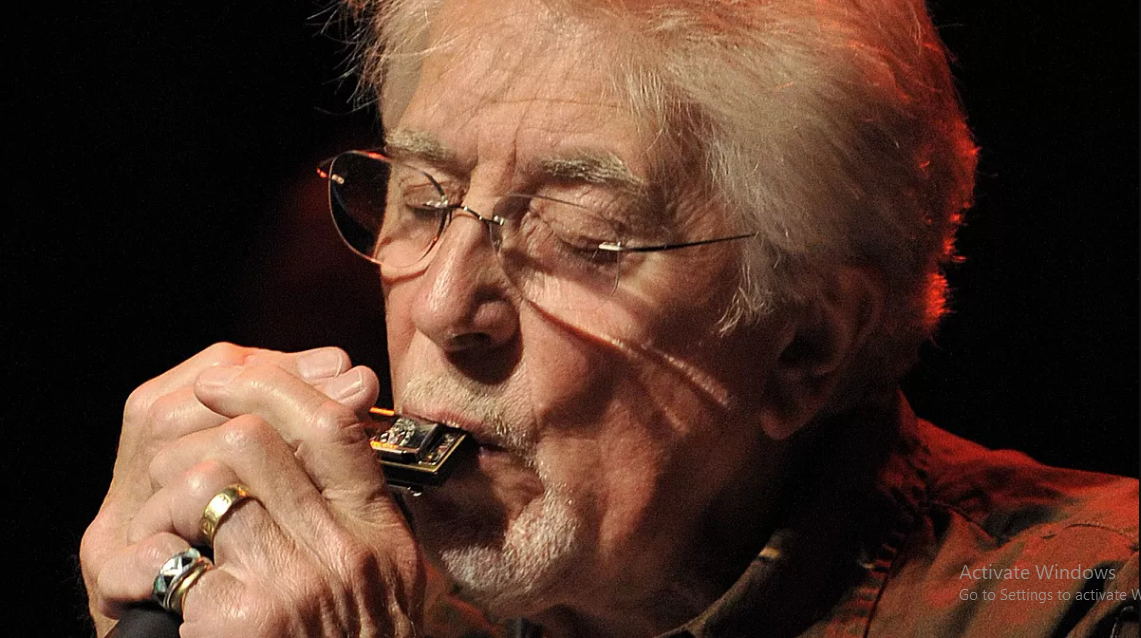
John Mayall dead aged 90: ‘Father of British blues’ dies at his home in California – after momentous career that saw his Blues breakers band influence stars including Eric Clapton and Mick Fleetwood
According to a message on his Instagram page, the songwriter passed away on Monday at his California home in the company of his loved ones.
“One of the world’s greatest road warriors, John, has finally found peace after health issues forced him to end his epic touring career,” the statement read.
“John Mayall gave us 90 years of tireless efforts to educate, inspire and entertain,” said the statement.
On November 29, 1933, John Mayall was born in the Cheshire town of Macclesfield.
Murray, his father, was an accomplished guitarist and jazz fan, and the young Mayall was soon captivated by the sounds of the Mississippi Delta bluesmen.
He taught himself how to play the piano and finished a George Formby Teach Yourself Ukulele course when he was in his teens.
He served in the Army for his National Service, including a stint of duty in Korea, before attending Manchester College of Art.
As he resided with his fiancée Pamela in his grandparents’ backyard garden, Mayall rapidly established himself as a bit of an eccentric.

In addition, he had purchased an electric guitar for himself and started performing with several neighborhood bands. After landing a full-time job at a nearby commercial art studio, he kept up his guitar playing.
He founded the Powerhouse Four in 1956, and the group gained considerable notoriety at neighborhood events.
In 1962, he became a member of the Blues Syndicate, a group greatly impacted by Alexis Korner, whose Blues Incorporated was at the forefront of the British blues resurgence of the 1960s.
Korner convinced Mayall to relocate to London and pursue a career in music full-time. In addition, he helped Mayall secure gigs by introducing him to important figures in the London club scene.
The Marquee Club, where Mayall’s band—now known as the Bluesbreakers—started hosting regular shows in 1963. This club would later serve as a launchpad for other well-known acts, such as the Who and the Rolling Stones.
As a shrewd businessman, Mayall would frequently check the amount of people in the crowd outside the venue to make sure he got paid fairly for the tickets.
Having already established himself as a master at identifying gifted players, Mayall’s lineup included bassist John McVie, who would go on to form Fleetwood Mac.
1965 saw the publication of his debut album, John Mayall plays John Mayall, a live recording made at an R&B bar in West Hampstead. Due to the album’s lack of popularity, his brief Decca deal came to an end.
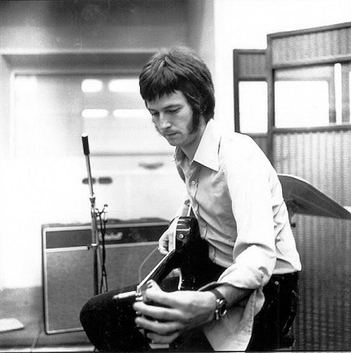
Simultaneously, he brought on Eric Clapton, who had recently left the Yardbirds due to their choice to forsake the blues in favor of a more mainstream sound.
The already well-known star Clapton’s appearance brought attention to Mayall’s band.
But the Bluesbreakers started to feel plagued by the musicians’ constant comings and goings.
In August 1965, Clapton abruptly left on a three-month tour to Greece, leaving Mayall to recruit a replacement guitarist.
His problems increased in October when Jack Bruce took over as bassist after John McVie was sacked due to excessive drinking.
Peter Green, who was fired after just three days as a Bluesbreaker and replaced by Eric Clapton, was the guitarist that Mayall had finally found.
Simultaneously, Jack Bruce left after a disagreement with Mayall regarding his pay, forcing Mayall to rehire John McVie.
After the Bluesbreakers were convinced to re-sign with Decca, they recorded Mayall’s debut studio album in March 1966.
With the intention of profiting from his gifted guitarist’s fame, the record was named Bluesbreakers with Eric Clapton.
Because of the comic book that Clapton is pictured reading on the record cover, fans would subsequently refer to it as The Beano Album.
The album was favorably appreciated; it peaked at number six on the charts and gave Mayall the much-needed commercial breakthrough that had eluded him in the past.
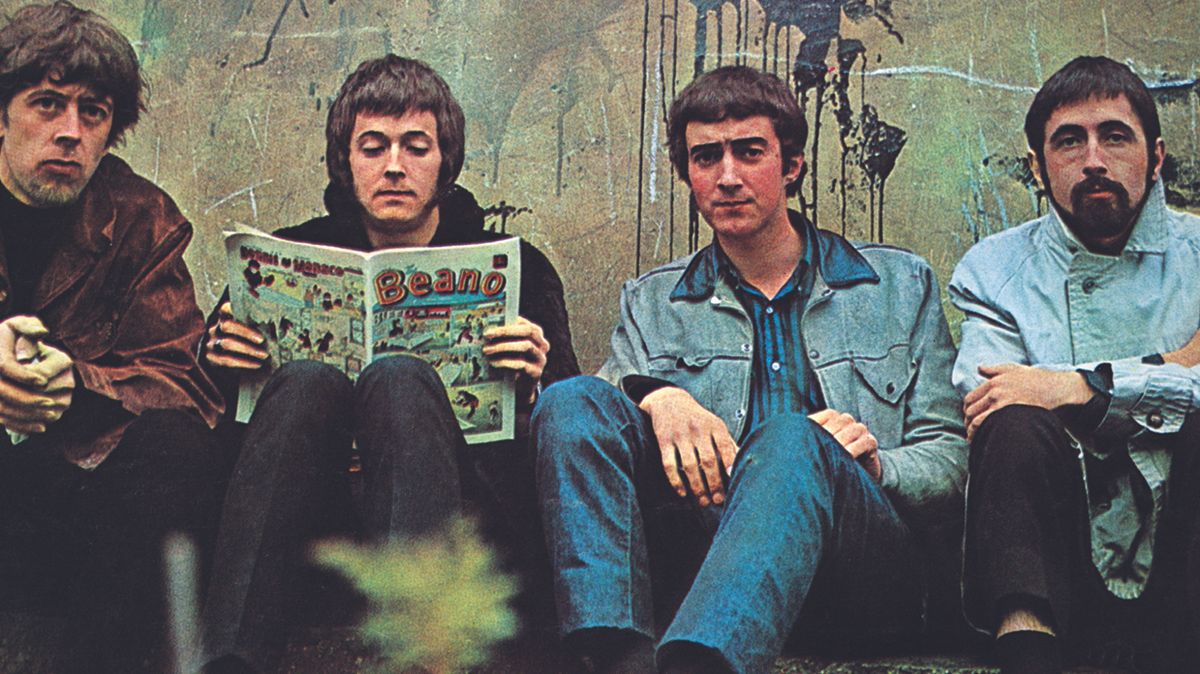
When Clapton announced he was leaving to join Cream with Jack Bruce and Ginger Baker, the record was still at the top of the charts.
Peter Green was originally apprehensive about rejoining the band, but Mayall convinced him to do so, and in 1967, the band’s following album, Hard Road, featured Green on guitar.
It was to be the only time Green would appear on a Bluesbreakers record; Mayall had painted the band on the album’s cover.
The lineup of the band kept shifting as players departed for other endeavors and Mayall found fresh talent.
During 1967, the band featured Mick Fleetwood, Aynsley Dunbar, Mick Taylor, and Keef Hartley, among others; however, many of them had left by the time Mayall recorded his solo album, The Blues. Those band members whom Mayall deemed to be beneath his severe standards were mercilessly let go.

The band started a US tour in 1968, which included a performance with Jimi Hendrix at the storied Fillmore West in San Francisco.
After Blues from Laurel Canyon was released in April 1969, Mayall renamed the group Bluesbreakers and tried performing without a drum kit.
The Turning Point, the new lineup’s acoustic CD recorded at the Fillmore East in New York, was Mayall’s only gold disc.
Mayall relocated to the US in the 1970s and started a number of bands with musicians from the US.
After making his reputation playing electric blues, he started dabbling with funk, pop, and jazz.
Still, he toured the UK, frequently providing support for American blues greats like Sonny Boy Williamson and John Lee Hooker.
His master recordings, diaries, and a large amount of his professional mementos were destroyed in a fire that devastated his Laurel Canyon house in 1979.
Even though the blues had lost some of its luster in the UK by 1982, Mayall felt the moment had come to bring the Bluesbreakers back.
For a brief period, John McVie and Mick Taylor returned to their former boss, and the band’s positive response inspired Mayall to assemble a more stable lineup.
Throughout the 1990s, Mayall kept on touring and recording, and the addition of Texas guitarist Buddy Whittington in 1993 gave the band’s music a new direction.
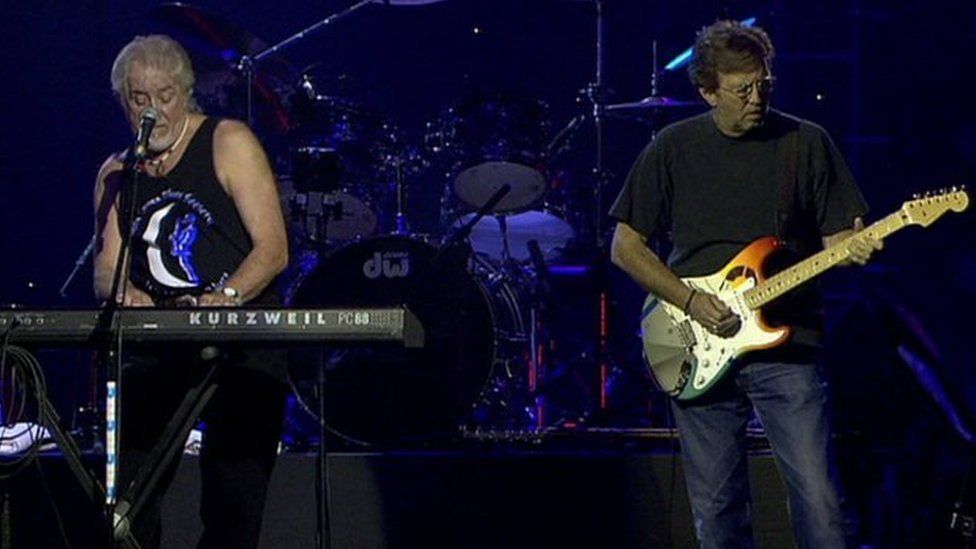
In 2003, Mayall turned seventy in style with a concert in Liverpool that included several of his old bandmates, including as Mick Taylor and Eric Clapton.
Over the course of a seven-decade career, John Mayall released over 50 albums and assembled an astonishing array of top musicians in a confusing array of lineups.
Although he never enjoyed great commercial success on his own, the rock boom of the 1960s and 1970s was greatly influenced by his commitment to preserving the blues.
Mayall has been called the “godfather of British blues” and is acknowledged for having contributed to the development of a blues revival among white musicians in England.
In 2014, Mayall stated to the Guardian that although “the scene in America was racially segregated at the time,” “the black blues began to be heard by an audience that was not listening to them in America” in Europe and England.
Following the release of their 1966 record with guitarist Eric Clapton, music critics hailed the Bluesbreakers as one of the most important blues ensembles in history.
According to the Guardian, he “managed to pick out some pretty special people” for the band, selecting players according to the tone he was going for.
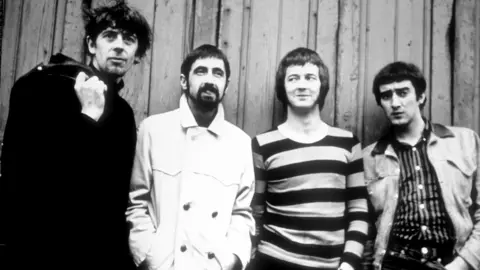
In 2005, he received the title of Officer of the Order of the British Empire, or OBE.
According to the family statement, Mayall is survived by his six children, seven grandsons, and four great-grandchildren.
“He is also surrounded with love by his previous wives, Pamela and Maggie, his devoted secretary, Jane, and his close friends,” it continued.
“We, the Mayall family, cannot thank his fans and long-list of bandmembers enough for the support and love we were blessed to experience secondhand over the last six decades.”

Leave a Reply